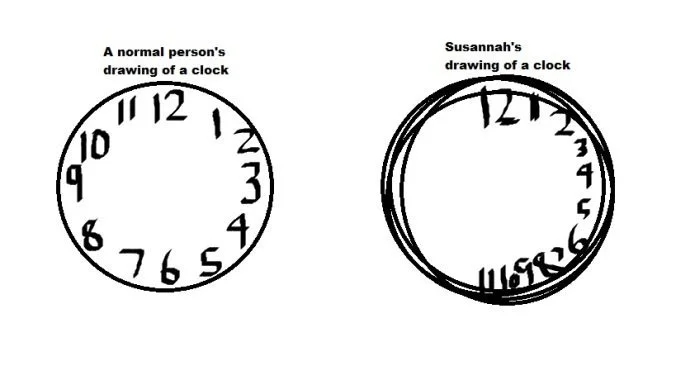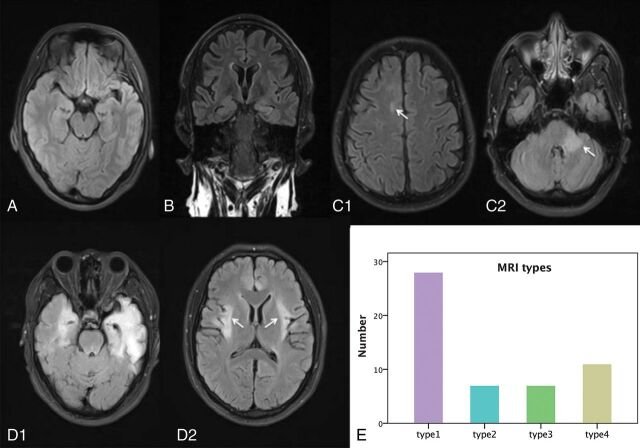“Brain on Fire” Review
Reposted from my older site
This movie is based on the true story of Susannah Cahalan, a reporter for The New York Post, who suddenly is stricken by mysterious symptoms. It begins mostly with ringing in her ears, difficulty concentrating, and (guessing by her rubbing here eyes exactly how I did prior to surgery) severe pain in her eyes and head.
She tries to go on as usual (I definitely relate to the loud blurs of lights and sounds), but quickly regresses and is unable to. Her first doctor's appointment is uneventful, even with (the fastest scheduled) MRI and blood tests. Even an emergency visit after a seizures turns up no more answers, only questions.
What started as what was believed to be stress suddenly displays more extreme symptoms - more seizures, psychotic episodes, and an eventful meltdown both at work and at home with her parents. Her parents demand for her to be hospitalized to figure out what is causing the uncharacteristic and scary behaviors.
A month of tests, EEGs, and MRIs all come back as normal. Her medical team diagnoses her as bipolar, schizophrenic, and psychotic. Because they have found normal test results, they begin to suggest transferring to a psychiatric hospital. This enrages her parents (especially her father), who argue that it wouldn't explain all of her issues - most notably her seizures.
One doctor on her team turns to Dr. Najjar, a medical professor, for help. Though he has transitioned away from practicing in hospitals, he agrees to help after given more information. By the time he is able to examine her, she is catatonic (in a stupor, “locked in”). She performs a variety of tests that end with her drawing a clock.
Dr. Najjar reviews her files. He seems to have a revelation after looking at the scans and her clock drawing. With the drawing in tow, he announces he has found the answer: anti-MDA encephalitis. The condition is a rare autoimmune disease in which the immune system attacks the brain and causes inflammation. In her case, the right hemisphere is affected, and causes her vision to be lopsided, like the clock she drew, and “her brain on fire”.
The diagnosis requires a brain biopsy to be confirmed; her parents are hesitant at first, but then agree. Thankfully so! The biopsy confirmed his diagnosis and treatment with immunosuppressive medication begins.
Within about six months of treatment and rehabilitation, she is back to her normal self and activities. She has to relearn everything - walking, talking, writing - but she is treated and everything is under control! Upon her return to work, she makes the second page of the Post and is encouraged to write about her experience (which is the basis of the movie). We end with her typing, “Brain on Fire”, an epilogue of the characters, and several big questions about the healthcare system, particularly for women and those who have behavioral symptoms.
She has continued writing and speaking about her experiences





